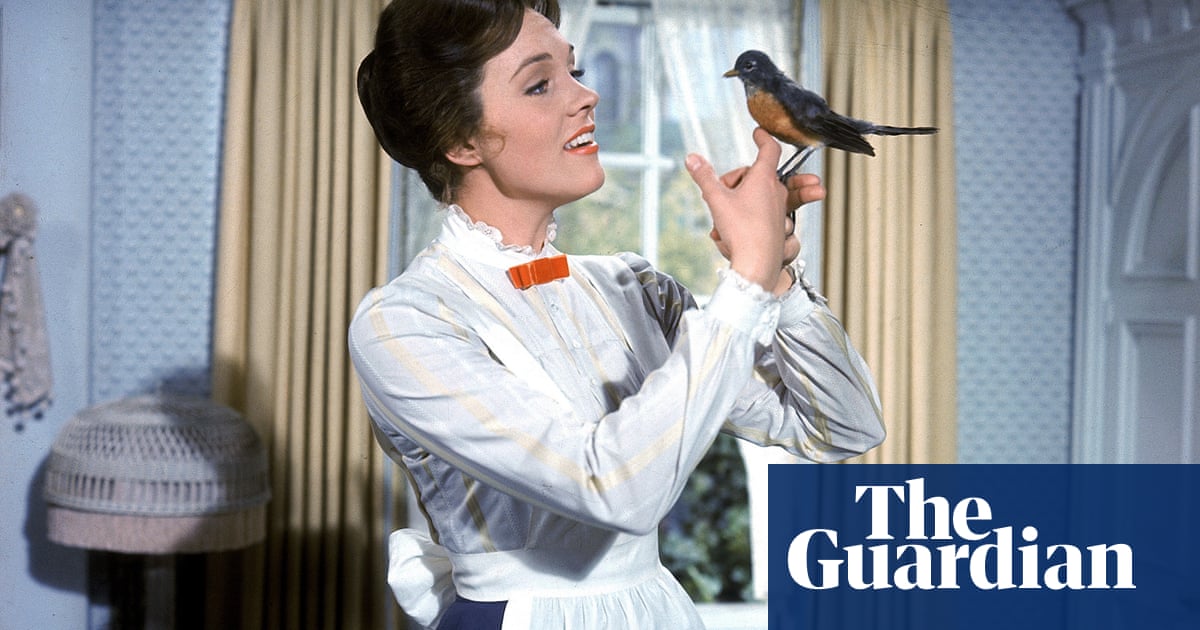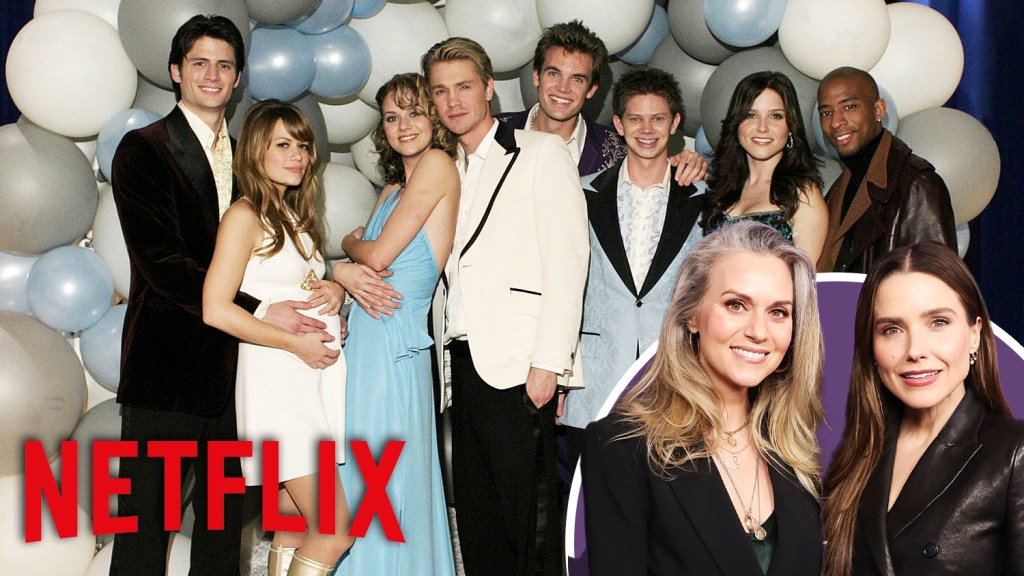Mary Poppins at 60: A Timeless Classic Still Flies High

For anyone who grew up with the film version of Mary Poppins, released 60 years ago, the idea of it ever being new is almost unimaginable. Itâs been a staple for generations, appearing on school screens, babysitter playlists, and festival TV schedules for longer than itâs technically been considered a "classic". Even in the VHS era of the 80s and 90s, it was a go-to for family viewing, particularly in South Africa, where it vied with The Sound of Music for the coveted Christmas Day afternoon slot.
The film's songs, images, and catchphrases are ingrained in popular culture, its fantastical vision of London, adorned with pink cherry blossom and black umbrellas, still a tourist haven. Young children have long grappled with the spelling of "supercalifragilisticexpialidocious", while adults find themselves echoing Julie Andrewsâ clipped "spit spot" when rushing things along. These fragments, seemingly absorbed into the fabric of everyday life, make it difficult to believe they weren't always there.
Yet, just six decades ago, Disneyâs Mary Poppins, a brighter, more buoyant creation than the droll, understated books by P.L. Travers that inspired it, was a revelation. A state-of-the-art technical marvel, a glitzy launchpad for a fledgling movie star, and a rare children's entertainment that transcended into adult event film status, thanks to its lavish Hollywood musical production.
By 1964, the Walt Disney brand wasn't operating at its creative peak. Mary Poppins was their fifth release of the year, following four lacklustre films that made little impact. The previous year, they had released their first two sequels, both underwhelming, signalling a dip in the trademark Disney magic.
On paper, Mary Poppins might not have seemed an obvious exception. Traversâ whimsical tales about a supernatural nanny and her charges were charming, episodic, and not overtly cinematic. Director Robert Stevenson, a Disney mainstay, was proficient but uninspired. Dick Van Dyke, the biggest name in the cast, was a TV star, not a box office draw. The film was initially envisioned as a vehicle for musical theatre star Mary Martin, with Hayley Mills as Jane Banks. Later, Angela Lansbury and Cary Grant were considered for the roles of Poppins and Bert.
Perhaps the film could have been made as it was, with its loving craftsmanship, sprightly musicality, and groundbreaking blend of live action and animation, without Andrews. But at this point, it's like imagining The Wizard of Oz without Judy Garland. While Mary Poppins boasted expertly moving parts and Disney machinery, including the Sherman brothersâ catchy songs, Andrewsâ presence feels like the crucial X-factor that makes it all work.
Andrews, fresh from her Broadway success in My Fair Lady, arrived with the intention of proving she could carry a film, possessing not just stage-trained musical talent, but charisma for the big screen too. Her performance delivered one of cinema history's most emphatic and eccentric star-is-born debuts: a blend of sweetness, English-rose innocence, and guarded mystique.
While Traversâ original governess was magical and benevolent, she was not entirely cuddly, possessing a coolly authoritarian streak, prim defensiveness of her privacy, and an air of knowledge beyond childhood. Andrewsâ performance preserves these wholesome-sinister contradictions. Her precise diction is as sharp as her origins and objectives remain teasingly, winkingly vague. Musically, she transitions effortlessly from ethereal lullaby balladeer to lusty music hall entertainer.
Travers famously disliked Disneyâs interpretation of her books, finding it overly sentimental and Americanised. Van Dykeâs notoriously atrocious Cockney accent likely exacerbated the latter point. However, if she objected to Andrewsâ performance, it was ungenerous. Andrewsâ subtle hint of cruelty in Poppinsâ otherwise rosy veneer is what keeps the film, all these years later, elastic and intriguing, a vital dash of vinegar that gives the film its unique flavour. Itâs undoubtedly what earned Andrews the Best Actress Oscar for one of the most unusual roles to win the award.
Years ago, a re-edited trailer for Mary Poppins went viral by presenting the cheerful children's romp as a Gothic horror film. But the real reason Mary Poppins endures, amidst all the cheer, is that there is something inherently unsettling, even uncanny, about the film and its mysterious heroine. This frisson of the unknown and unexplainable keeps children and adults under its spell, a hint of otherworldly chaos that remains unresolved by the film's lilting, kite-flying finale, a rarity in Disney's tidy, focus-grouped family fare.
Subsequent attempts by the Mouse House to recapture this magic have only proven how seductive and elusive it is. 1971âs Bedknobs and Broomsticks, a blatant attempt to repeat the formula, with Stevenson and the Shermans back, felt like a formulaic equation, lacking the original's charm. Mary Poppins Returns, the long-awaited sequel from 2018, tried to function as both sequel and faithful retread, but became bogged down in nostalgic homage. Emily Bluntâs affectionate Andrews mimicry and Marc Shaimanâs pastiche of the Sherman Brothersâ score only highlighted the original's unique brilliance.
The 2013 Disney film Saving Mr Banks, the studio's ode to itself for creating Mary Poppins, highlighted the creative clashes between Tom Hanksâ folksy Walt Disney and Emma Thompsonâs brittle P.L. Travers, but ultimately served as a reminder that in 1964, Disney made all the right decisions. We already have Mary Poppins for that; moreover, as the modern-day Disney corporation endlessly raids its own archive for sequels, remakes, and spinoffs, itâs difficult to imagine which of its current offerings might merit such a tribute in 60 years' time.





